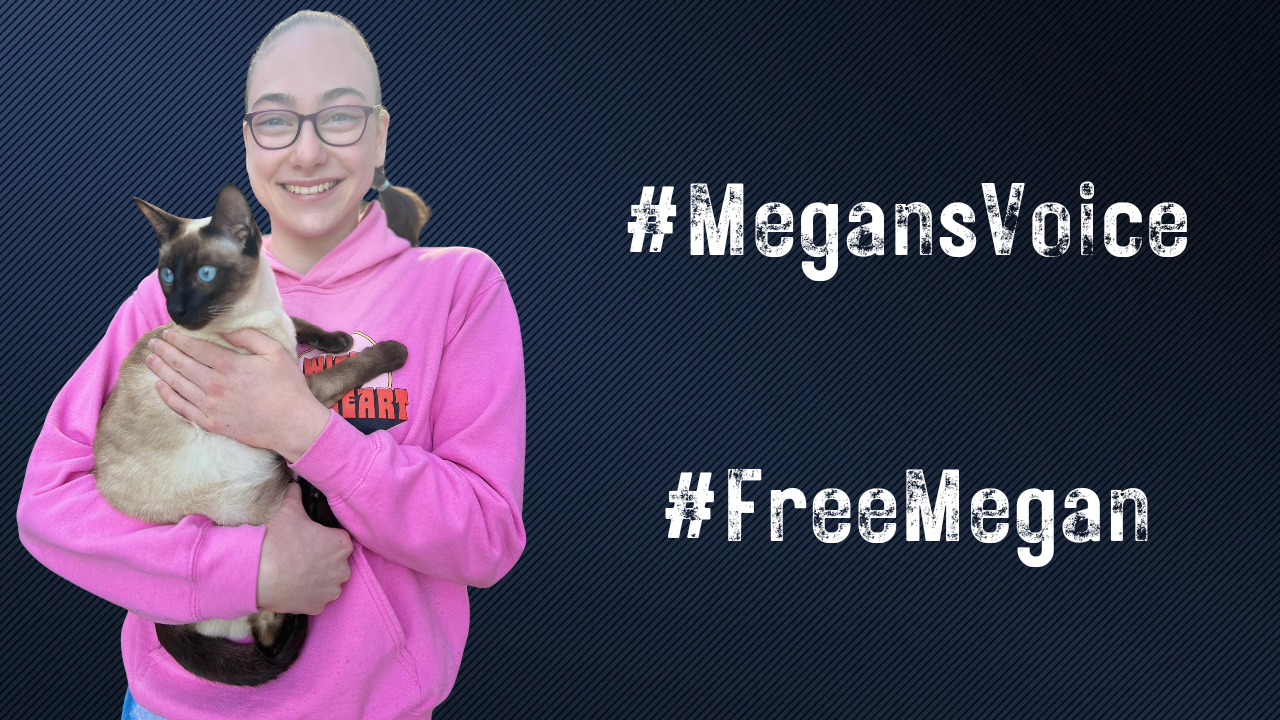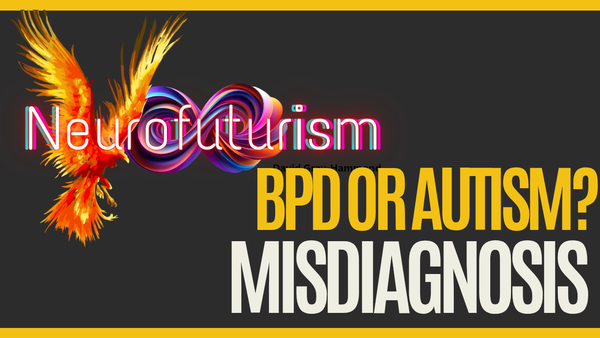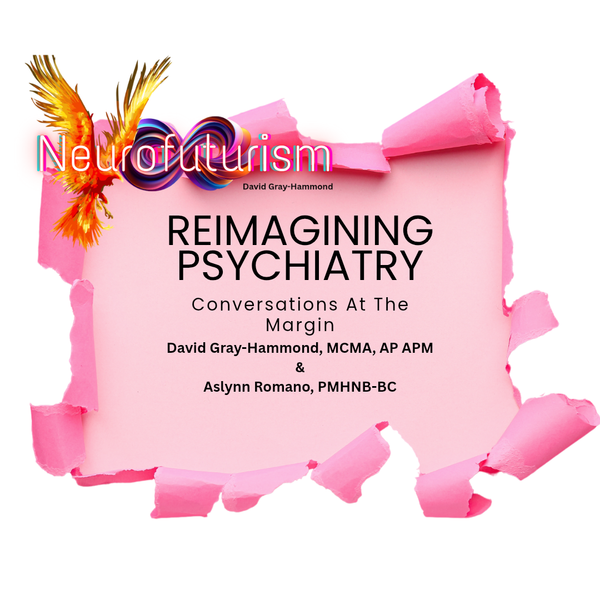Megan Docherty: A story told a thousand times
Get this article seen #MegansVoice #FreeMegan

I was 26 the second time I was detained in a psychiatric unit. I had been sober from drug and alcohol addiction for about a month. My unshackled mind had been left to wander into a Schizophrenic episode. My carcerative care story started with genuine mental illness and ended with me traumatised. For Megan Docherty, it began with multiple systemic failures, and threatens to end in tragedy. I am haunted by the footage of her separated from her loved ones by the walls and windows of The William Fraser Centre. When one might ask what weapons are used in the campaign of normative violence, I would argue that we look no further than the physical structure used to contain and erase Megan.
https://videopress.com/v/x6SgFSzW?resizeToParent=true&cover=true&preloadContent=metadata&useAverageColor=true Video thanks to Autistic Inclusive Meets
Who is Megan Docherty?
Megan is an 18 year old Autistic, Learning Disabled, Hypermobile person with ARFID (more on this below). Let me reiterate the most important part of that statement. Megan is a person. Megan is a human being, not despite her differences. She is a human being because no two humans are the same. We are told via the orwellian doublespeak of our society that difference is not a crime. Yet for Megan, difference is the reason that her liberty has been deprived and her family torn away from her. Megan is a victim of normative violence. Megan is one of us. I am Megan, you are Megan. We are all Megan.
Because if the world is not safe for Megan, then it is not safe for any of us. Megan is a prisoner in a hostile culture, one where mistreatment and abuse is reframed as "least restrictive practice" and "compassionate care".
“The Party told you to reject the evidence of your eyes and ears. It was their final, most essential command.”
George Orwell, 1984
What is ARFID?
ARFID stands for Avoidant Restrictive Food Intake Disorder. It is characterised by the avoidance or restriction of food eaten. It differs from more commonly known eating disorders like anorexia because it is not driven by issues around body image. Most commonly it is sensory-based, with many being diagnosed for having extensive sensory aversions to food.
Research suggests that 13% of young people with an ARFID diagnosis are also Autistic suggesting that this is a significant intersection. Consider also that many Autistic people are undiagnosed, meaning that figure could be higher.
While ARFID often co-occurs with other mental health issues, I would not personally consider it a mental health diagnosis in the traditional sense: particularly when it is based in sensory avoidant behaviours. No more than you would consider an Autistic person's aversion to certain fabrics a mental health condition.
Why was Megan detained?
As mentioned in The Canary, Megan developed ARFID at the end of 2023 following an incident at her gym (Megan is a national disabled gymnast). She began to lose weight, and so her mother Shona McIntyre understandably took advice from a dietician. That dietician offered health shakes, but due to her ARFID Megan was unable to take them. She continued to lose 2kg a fortnight. Shona asked her GP for a Naso-Gastric (NG) feeding tube, but was believed to have not tried using the shakes. It was Megan's continuing weight loss and Shona asking for an NG feeding tube that triggered the events that have unfolded.
Parent Blame
Parents of disabled children and young people, particularly if they are disabled themselves, are considerably more likely to fall foul of institutionalised parent carer blaming practices.these can range from accusations of neglect up to and including insinuations and direct accusations of Fabricated and Induced Illness (FII).
While I have as yet been unable to confirm my suspicions, I suspect that Shona McIntyre and Megan Docherty are the victims of weaponised FII accusations. I draw this conclusion from press releases citing neglect accusations and concerns around Shona asking for advice around NG feeding tubes.
How has Megan Docherty been harmed?
The images in this section may be triggering for some readers
Police arrived with the local authority at Megan's home with a warrant. They threatened to break down the door. When they were allowed into the home peacefully they proceeded to assault Shona with restrictive holds while also using Restrictive practice to drag Megan screaming from her home.
In The William Fraser Centre staff then subject Megan to verbal aggression and degradation, further use of restrictive practice, a denial of access to her mother Shona. Megan has been emotionally and physically abused by all professionals charged with her care for the crime of having a complex set of sensory needs.
What is restrictive practice?
Restrictive practice is the use of physical, mechanical, or chemical restriction of a person's free movement. For myself it took the form of being sedated into compliance (chemical restraint). For Megan Docherty, it appears that she was subjected both physical and chemical Restraint.
Restrictive practice comes with significant risks of injury and health complications as well as post-traumstic stress for victims and their loved ones. One of the best known cases of restrictive practice and it's harm is that of Max Benson, an Autistic 13 year old, who lost his life to asphyxiation after being placed in a now widely banned prone restraint.
Restrictive practice was considered harmful enough that Westminster passed Seni's Law, so named for Olaseni 'Seni' Lewis whi died at the age of 23 following excessive use of restraint in a psychiatric unit. One not unlike The William Fraser Centre. It aims to stop the inappropriate and disproportionate use of force in inpatient settings. This, it seems, is a memo that many professionals have not read.
Megan Docherty's treatment contravenes the UNCRPD
The UNCRPD is the United Nations Convention on the Rights of Person's with Disabilities. I would draw your attention to the first of the general principles of the convention:
Respect for inherent dignity, individual autonomy including the freedom to make one's own choices, and independence of persons
ohchr.org
I would assert that at no point have professionals had respect for Megan's dignity. They have no regard for her individual autonomy, nor is she free to make her own independent choices.
I would further highlight that under the Mental Health Act (1983) there is a commitment to take the least restrictive approach. Again, this seems to have been disregarded.
The UNCRPD entitles disabled people to equal administration of the Universal Declaration of Human Rights (UDHR). In my opinion, professionals have contravened article 3:
Everyone has the right to life, liberty and security of person.
And article 5:
No one shall be subjected to torture or to cruel, inhuman or degrading treatment or punishment.
These foot soldiers of the war on autism have not just disregarded their own country's laws. They have broken international law set forth by the United Nations. Were they a small country, they would likely be facing sanctions. Yet these abusers are allowed to continue their jobs unbound by the law they are required to uphold.
Closing thoughts
The story of Megan Docherty is a story that has played out a thousand times before. Many of those victims never had their story told. Right now we have a chance to set a precedent. We can use this opportunity to save Megan's life and show we will not stand for the systematic torture and abuse of Autistic and otherwise disabled people. This is the moment when our community needs to come together, fierce with the rage of living in a world that constantly tries to extinguish our light. I am Megan, you are Megan, and Megan deserves a happy and fulfilling life.



